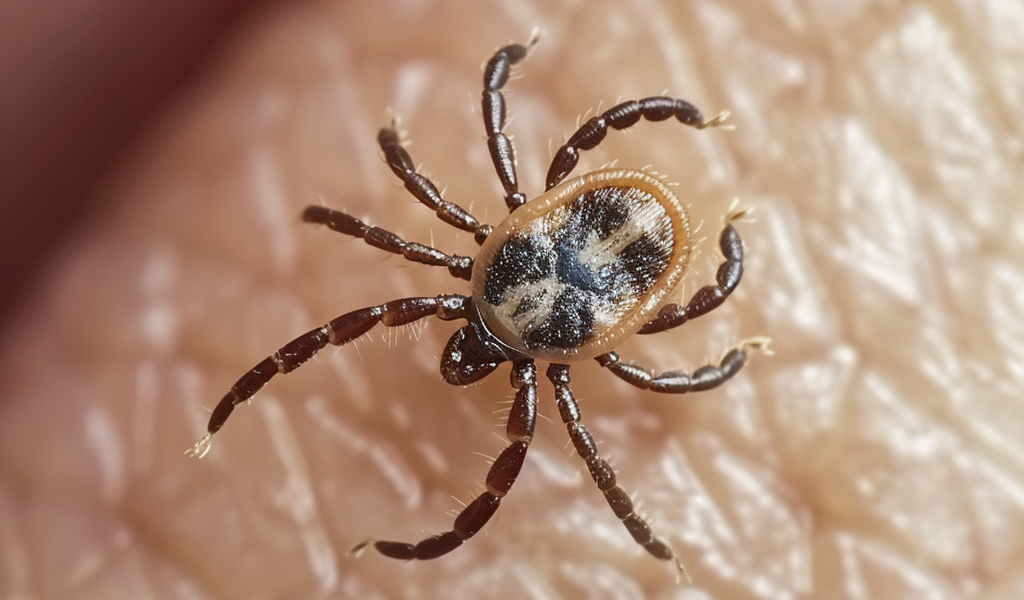Tick season is upon us, and it’s important to be aware of the risks and how to deal with suspected Lyme disease. Ticks are tiny spider-like creatures that are prevalent in grassy and wooded areas, active all year round but most common between April and July. With milder winters due to climate change, tick season is starting earlier and lasting longer, allowing new species to survive in the UK.
These pests attach themselves to the skin, usually unnoticed as they don’t cause immediate pain. They are known to prefer warm, moist areas on the body such as armpits, groin, and waist. Ticks are not picky about their hosts, targeting both humans and animals like dogs, deer, and rodents.
What do tick bites look like?
Tick bites typically appear as small red dots that are slightly raised, with the surrounding skin turning reddish. If you suspect a tick bite, it’s essential to know how to deal with it.
How to deal with suspected Lyme disease
When encountering a tick bite, it’s crucial to remove the tick properly. Dr. Ross Perry, the medical director of Cosmedics skin clinics, advises that ticks are spider-like arachnids with eight legs, ranging from the size of a pinhead to a pea, and grey-brown in color.
Preventing tick bites
To prevent tick bites, it’s recommended to use tick repellents and take precautions when in grassy or wooded areas. It’s also important to check yourself and your pets for ticks after outdoor activities.
What to do if your dog has ticks
If your dog has ticks, it’s crucial to remove them carefully to prevent further complications. Knowing the signs and symptoms of Lyme disease in dogs can help in early detection and treatment.
Conclusion
Being informed about tick bites and Lyme disease is key to staying safe during tick season. By understanding how to prevent tick bites, recognize the symptoms of Lyme disease, and take prompt action when encountering ticks, you can protect yourself and your loved ones from potential health risks.





